Understanding **darts sponsorship success measurement** is crucial for brands seeking a return on their investment; the ultimate goal is demonstrating the real impact and value derived from sponsoring darts events and players. This article provides a comprehensive guide on how to effectively measure the success of your darts sponsorships, covering key metrics, data collection methods, and reporting strategies.
⚠️ Still Using Pen & Paper (or a Chalkboard)?! ⚠️
Step into the future! The Dart Counter App handles all the scoring, suggests checkouts, and tracks your stats automatically. It's easier than you think!
Try the Smart Dart Counter App FREE!Ready for an upgrade? Click above!
Why is Darts Sponsorship Success Measurement Important?
**Darts sponsorship** offers a unique opportunity for brands to reach a highly engaged and passionate audience. However, simply throwing money at a sponsorship deal isn’t enough. You need to understand whether your investment is actually delivering results. Effective **darts sponsorship success measurement** helps you:
- Justify your investment: Prove the value of the sponsorship to internal stakeholders.
- Optimize future campaigns: Identify what works and what doesn’t to improve ROI.
- Negotiate better deals: Use data to strengthen your position in future negotiations.
- Build brand awareness: Track the impact of your sponsorship on brand visibility and perception.
Without a robust measurement framework, you’re essentially flying blind, unable to determine if your sponsorship is a success or a costly mistake. Furthermore, understanding the Business of Darts is essential in accurately measuring the value of your partnership.
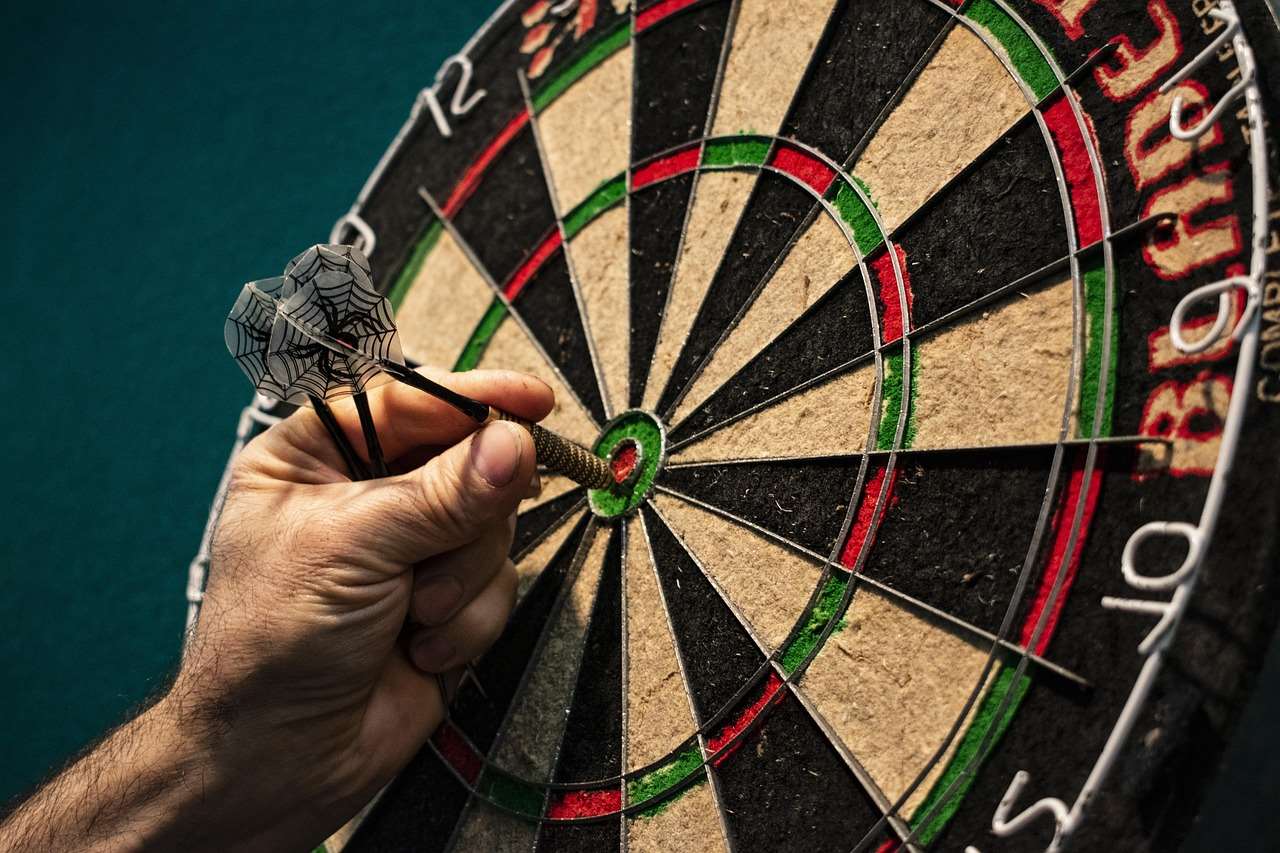
Key Metrics for Darts Sponsorship Success
The metrics you track will depend on your specific objectives, but here are some of the most important KPIs to consider when undertaking **darts sponsorship success measurement**:
- Brand Awareness: How has the sponsorship impacted brand recall and recognition among the target audience? This can be measured through surveys, social media listening, and website traffic analysis.
- Media Exposure: How often is your brand mentioned or displayed in media coverage of the darts event or player? Track mentions in online articles, social media posts, TV broadcasts, and print publications.
- Social Media Engagement: Monitor mentions, hashtags, and overall engagement related to your brand and the sponsored darts event or player.
- Website Traffic: Track website visits, page views, and conversions resulting from the sponsorship. Use unique tracking URLs to attribute traffic directly to the campaign.
- Sales Lift: Did the sponsorship lead to an increase in sales or market share? Compare sales figures before, during, and after the sponsorship period.
- Lead Generation: Did the sponsorship generate new leads or potential customers? Track lead capture forms, event registrations, and other lead generation activities.
- Return on Investment (ROI): Calculate the overall profitability of the sponsorship by comparing the total cost of the sponsorship to the total value generated.
Measuring Brand Awareness
Quantifying brand awareness requires a multi-faceted approach. Consider these strategies:
- Pre- and post-event surveys: Gauge brand recall and recognition before and after the sponsorship.
- Social listening: Monitor social media for brand mentions and sentiment analysis.
- Website analytics: Track website traffic and engagement from sponsorship-related sources.
Remember to benchmark your results against previous periods or competitor activity to get a true sense of the sponsorship’s impact.
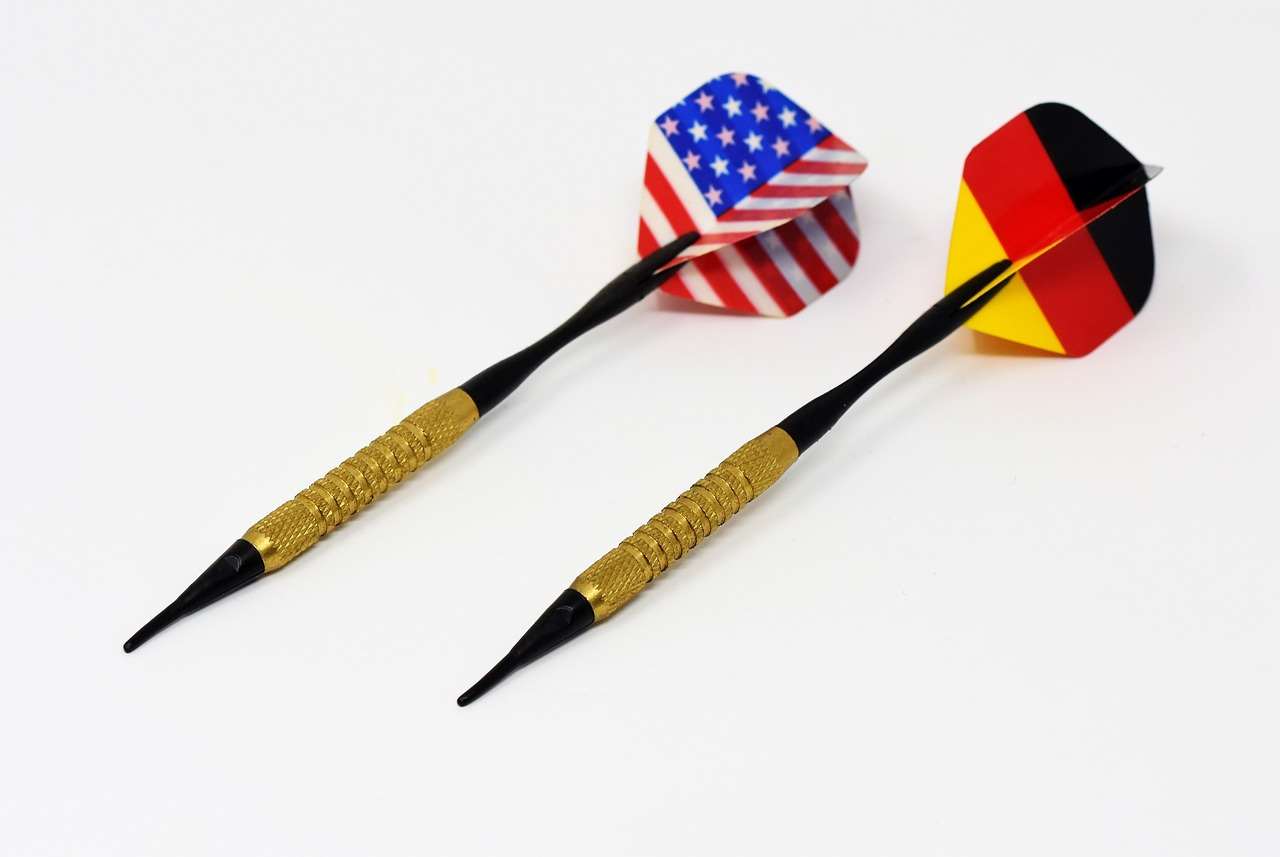
Data Collection Methods for Darts Sponsorship
Accurate **darts sponsorship success measurement** relies on robust data collection. Here are some effective methods:
- Media Monitoring: Use media monitoring tools to track brand mentions across various channels.
- Social Media Analytics: Utilize social media analytics platforms to monitor engagement and sentiment.
- Website Analytics: Implement tracking codes to monitor website traffic and conversions.
- Surveys and Questionnaires: Conduct surveys to gather feedback from the target audience.
- Event Attendance Tracking: Track the number of attendees at the darts event and collect demographic data.
- Sales Data Analysis: Analyze sales data to identify any correlation between the sponsorship and sales performance.
- Partner Reporting: Collaborate with the darts event organizers or players to obtain data on event attendance, media coverage, and social media engagement.
Ensure your data collection methods are aligned with your chosen KPIs and that you have the necessary resources and expertise to collect and analyze the data effectively. Remember to be GDPR compliant when collecting and storing personal data.
Building a Darts Sponsorship Reporting Framework
Once you’ve collected your data, you need to present it in a clear and concise manner. A well-structured **darts sponsorship reporting framework** is essential for communicating the value of your sponsorship to stakeholders. Your report should include:
- Executive Summary: A high-level overview of the sponsorship’s performance, highlighting key achievements and challenges.
- KPI Performance: Detailed analysis of each KPI, including charts and graphs to visualize the data.
- Media Coverage Analysis: A summary of media mentions, including reach, tone, and key messages.
- Social Media Analysis: A breakdown of social media engagement, including sentiment analysis and top influencers.
- Website Traffic Analysis: A report on website traffic and conversions from sponsorship-related sources.
- ROI Calculation: A clear calculation of the sponsorship’s return on investment.
- Recommendations: Actionable recommendations for optimizing future sponsorships.
Tailor your report to your audience and use clear and concise language. Focus on the most important insights and avoid overwhelming stakeholders with unnecessary data. Visualizations can be incredibly helpful for illustrating your findings.
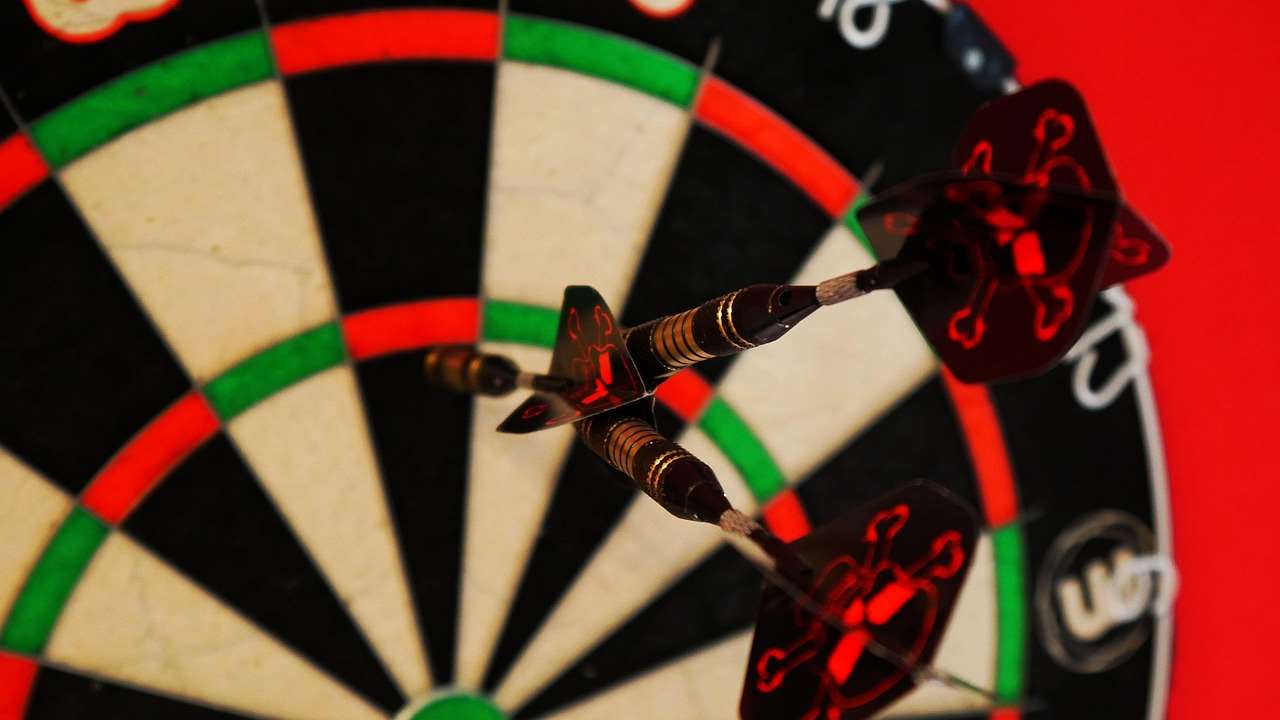
Tools for Darts Sponsorship Success Measurement
Several tools can help you streamline your **darts sponsorship success measurement** efforts. Here are a few popular options:
- Media Monitoring Tools: Brandwatch, Meltwater, Mention.
- Social Media Analytics Platforms: Sprout Social, Hootsuite, Buffer.
- Website Analytics Platforms: Google Analytics, Adobe Analytics.
- Survey Platforms: SurveyMonkey, Qualtrics.
- CRM Systems: Salesforce, HubSpot.
The right tools will depend on your specific needs and budget. Consider your requirements carefully and choose tools that integrate seamlessly with your existing systems.
The darts tourism boost local area and it is important to be aware of this when considering sponsorship opportunities.
Beyond the Numbers: Qualitative Insights
While quantitative data is essential, don’t overlook the importance of qualitative insights. These can provide valuable context and help you understand the “why” behind the numbers. Qualitative data sources include:
- Focus Groups: Gather a group of target audience members to discuss their perceptions of your brand and the sponsorship.
- In-depth Interviews: Conduct one-on-one interviews with key stakeholders to gain deeper insights.
- Social Media Sentiment Analysis: Analyze the tone and sentiment of social media conversations related to your brand and the sponsorship.
- Customer Feedback: Collect customer feedback through surveys, online reviews, and customer service interactions.
Qualitative insights can help you uncover hidden opportunities and challenges, and provide a more nuanced understanding of the sponsorship’s impact. You may also want to explore the darts impact local economy study.
The Future of Darts Sponsorship Measurement
The landscape of **darts sponsorship success measurement** is constantly evolving. Emerging technologies and trends are creating new opportunities to track and analyze the impact of sponsorships. Here are a few things to watch out for:
- Artificial Intelligence (AI): AI-powered tools can automate data collection, analysis, and reporting.
- Big Data: The increasing availability of data is enabling more sophisticated analysis and insights.
- Real-time Measurement: Real-time dashboards and analytics provide up-to-the-minute insights into sponsorship performance.
- Personalized Experiences: Sponsorships are becoming more personalized and targeted, requiring more sophisticated measurement techniques.
Staying ahead of the curve will require a willingness to embrace new technologies and approaches to **darts sponsorship success measurement**. The economic benefits hosting darts event are substantial and are important to consider during sponsorship valuation.
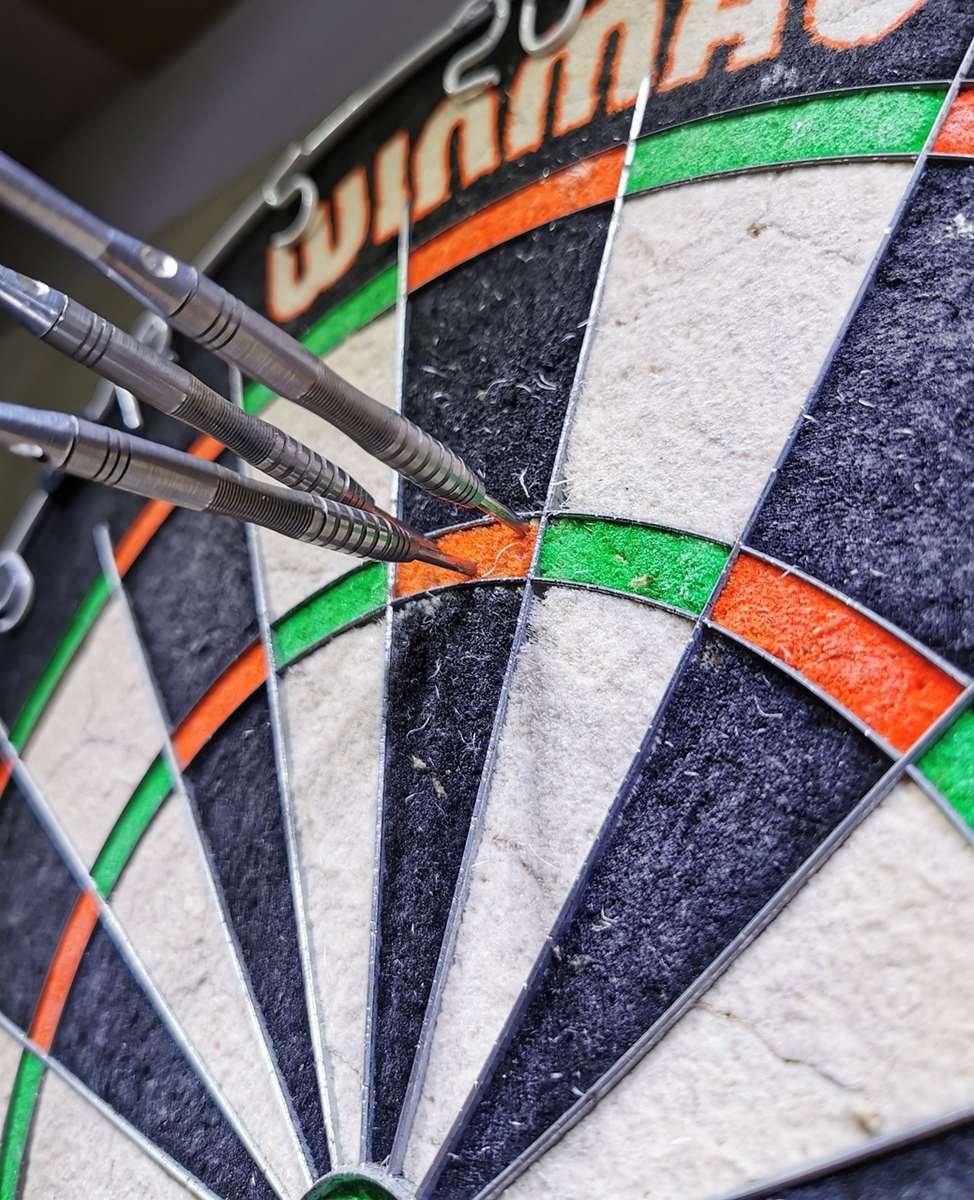
Avoiding Common Mistakes in Darts Sponsorship Measurement
Even with the best tools and techniques, it’s easy to make mistakes when measuring the success of your darts sponsorships. Here are some common pitfalls to avoid:
- Lack of Clear Objectives: Failing to define clear and measurable objectives upfront.
- Inadequate Data Collection: Not collecting enough data or collecting the wrong data.
- Poor Data Analysis: Not properly analyzing the data or drawing incorrect conclusions.
- Ignoring Qualitative Insights: Focusing solely on quantitative data and ignoring qualitative feedback.
- Lack of Follow-up: Not taking action based on the findings of the measurement report.
By avoiding these mistakes, you can ensure that your **darts sponsorship success measurement** efforts are accurate, reliable, and actionable. Measuring darts fans spending local economy is one key metric when evaluating success.
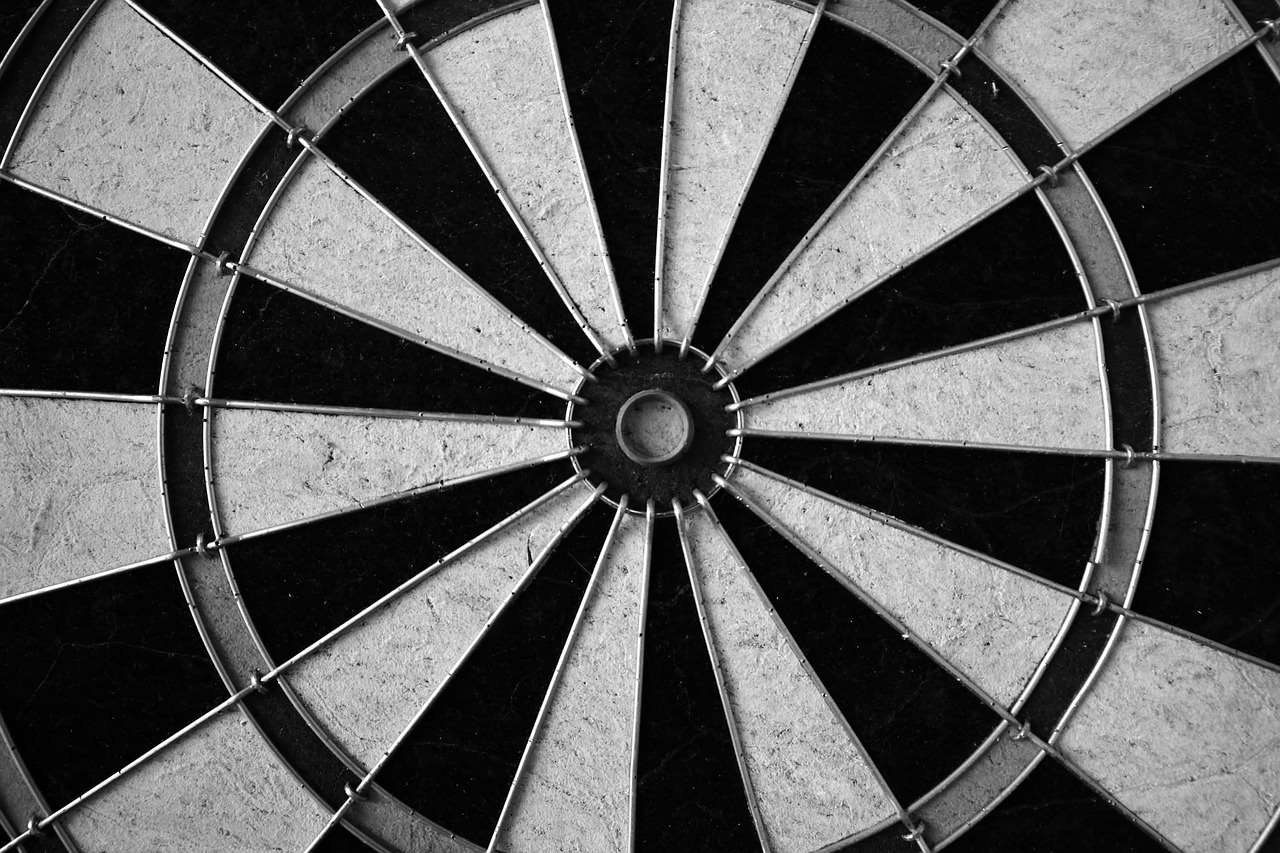
Conclusion
Effective **darts sponsorship success measurement** is essential for maximizing the return on your investment. By defining clear objectives, tracking key metrics, collecting robust data, and presenting your findings in a clear and concise report, you can demonstrate the value of your sponsorship to stakeholders and optimize future campaigns. Don’t be afraid to embrace new technologies and approaches to stay ahead of the curve, and always remember to combine quantitative data with qualitative insights for a more complete picture. Now, take the insights from this guide and start refining your approach to darts sponsorship – begin by outlining your KPIs and building a robust data collection strategy today!
Hi, I’m Dieter, and I created Dartcounter (Dartcounterapp.com). My motivation wasn’t being a darts expert – quite the opposite! When I first started playing, I loved the game but found keeping accurate scores and tracking stats difficult and distracting.
I figured I couldn’t be the only one struggling with this. So, I decided to build a solution: an easy-to-use application that everyone, no matter their experience level, could use to manage scoring effortlessly.
My goal for Dartcounter was simple: let the app handle the numbers – the scoring, the averages, the stats, even checkout suggestions – so players could focus purely on their throw and enjoying the game. It began as a way to solve my own beginner’s problem, and I’m thrilled it has grown into a helpful tool for the wider darts community.